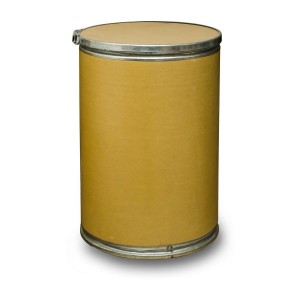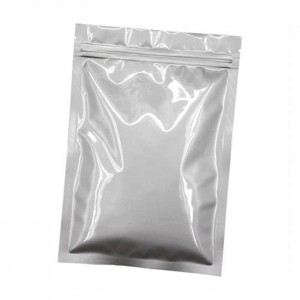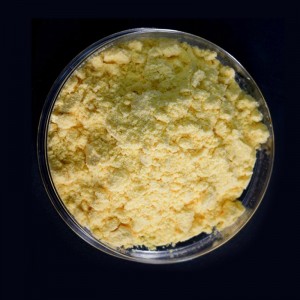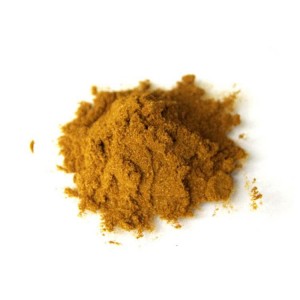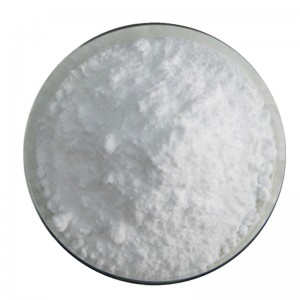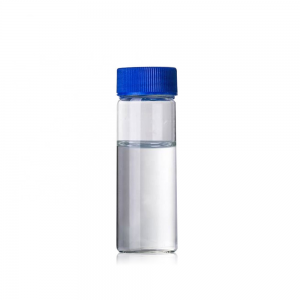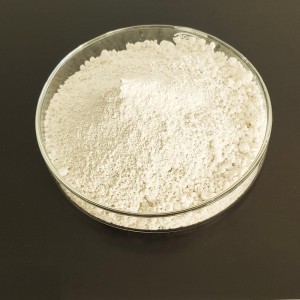Sodium Stearate for Anionic Surfactant and Soaps
Product Detail
| English name | Sodium stearate |
| CAS number | 822-16-2 |
| Molecular formula | C18H35NaO2 |
| Molecular weight | 306.45907 |
| EINECS Number | 212-490-5 |
| Melting point 270 °C | |
| Density 1.07 g/cm3 | |
| Storage conditions | 2-8°C |
| Solubility | Slightly soluble in water and in ethanol (96 per cent). |
| Form | Powder |
| Color | white |
| Water solubility | SOLUBLE IN COLD AND HOT WATER |
| Stability | Stable, incompatible with strong oxidizing agents. |
Synonyms
Bonderlube235; flexichemb; prodhygine; stearatedesodium; stearicacid,sodiumsalt,mixtureofstearicandpalmiticfattychain; NatriumChemicalbookstearat; Octadecanoicacidsodiumsalt,Stearicacidsodiumsalt; STEARICACID,SODIUMSALT,96%,MIXTUREOFSTEARICANDPALMITICFATTYCHAIN
Chemical Properties
Sodium stearate is a white powder, slightly soluble in cold water, and quickly soluble in hot water, and does not crystallize after cooling in a very concentrated hot soap solution. Has excellent emulsifying, penetrating and detersive power, has a greasy feel, and has a fatty odor. It is easily soluble in hot water or alcoholic water, and the solution is alkaline due to hydrolysis.
Application
Main uses of sodium stearate: thickener; emulsifier; dispersant; adhesive; corrosion inhibitor 1. Detergent: used to control foam during rinsing.
2. Emulsifier or dispersant: used for polymer emulsification and antioxidant.
3. Corrosion inhibitor: It has protective properties in the cluster packaging film.
4. Cosmetics: shaving gel, transparent adhesive, etc.
5. Adhesive: used as natural glue to paste paper.
Description
Sodium stearate is the sodium salt of stearic acid, also known as sodium octadecate, which is a commonly used anionic surfactant and the main component of the soaps. The hydrocarbyl moiety in the sodium stearate molecule is a hydrophobic group, and the carboxyl moiety is a hydrophilic group. In soapy water, sodium stearate exists in micelles. The micelles are spherical and composed of many molecules. The hydrophobic groups are inwards and are combined with each other by van der Waals forces, and the hydrophilic groups are outwards and distributed on the surface of the micelles. The micelles are dispersed in water, and when encountering water-insoluble oil stains, the oil can be dispersed into fine oil droplets. The hydrophobic group of sodium stearate dissolves into the oil, while the hydrophilic group Suspended in water for decontamination. In hard water, stearate ions combine with calcium and magnesium ions to form water-insoluble calcium and magnesium salts, reducing the detergency. In addition to sodium stearate, soap also contains sodium palmitate CH3(CH2)14COONa and sodium salts of other fatty acids (C12-C20).




